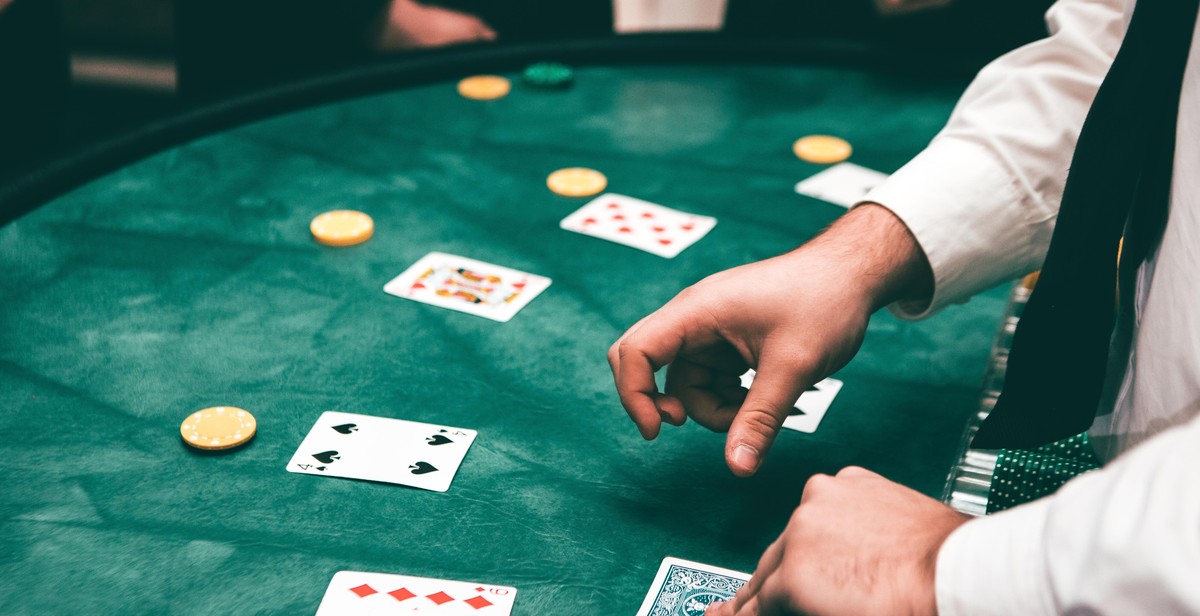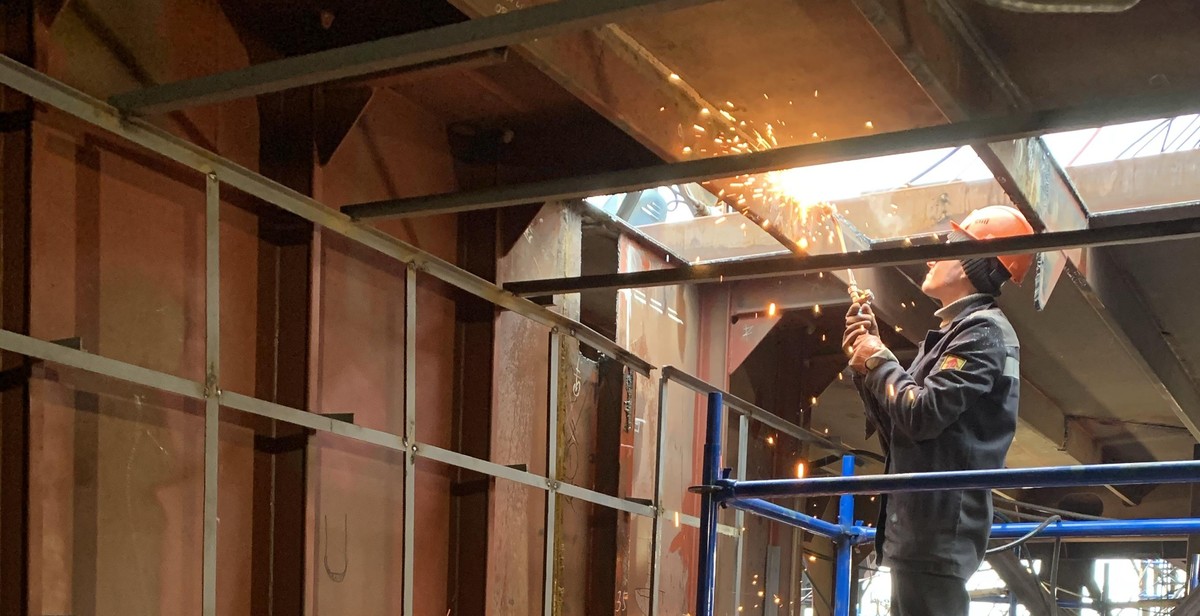How to Improve Your Poker Bluffing Techniques
Poker is a game of skill and strategy, and one of the most important skills to master is bluffing. Bluffing is the art of making your opponents believe that you have a better hand than you actually do. It is a key technique that can help you win hands and increase your profits at the poker table.
What is Poker Bluffing?
Poker bluffing is a technique used in the game of poker where a player pretends to have a better hand than they actually do. The objective of bluffing is to make the other players fold their cards, giving the bluffer the pot without having to reveal their hand.
Bluffing is not just about having a weak hand and pretending it’s strong. It’s also about understanding your opponents’ behavior and using that knowledge to your advantage. By carefully observing your opponents, you can identify their weaknesses and tendencies, and use that information to bluff effectively.
Bluffing is a high-risk, high-reward strategy that requires practice, patience, and skill. In this article, we will explore some tips and techniques that can help you improve your poker bluffing techniques and increase your chances of winning at the poker table.

Why is Poker Bluffing Important?
Poker is a game of skill, strategy, and deception. One of the most important strategies in poker is bluffing. Bluffing is the act of making your opponents believe that you have a better hand than you actually do. It is an essential part of the game, and mastering it can help you win more hands and increase your chances of winning the game.
Psychological Aspect
Bluffing is primarily a psychological tactic. It involves convincing your opponents that you have a stronger hand than them. This can be achieved by using various techniques such as acting confident, making aggressive bets, and maintaining a consistent betting pattern. Bluffing can also be used to intimidate your opponents and force them to fold their hands, even if they have a strong hand.
Bluffing can also be used to gain information about your opponents. By making a bluff, you can gauge the strength of their hand based on their reaction. If they fold quickly, it may indicate that they had a weak hand. If they call or raise, it may indicate that they have a strong hand.
Winning More Hands
Bluffing is an essential part of winning more hands in poker. By bluffing, you can win hands that you would have otherwise lost. For example, if you have a weak hand, but your opponents believe that you have a strong hand, they may fold, allowing you to win the pot. Bluffing can also be used to steal blinds and antes, which can significantly increase your chip stack.
However, it’s important to note that bluffing is not always the best strategy. It should be used selectively and strategically. Bluffing too often can make you predictable and can lead to your opponents catching on to your tactics. It’s essential to understand when to bluff and when to fold.
Conclusion
Bluffing is an essential part of poker strategy. It involves convincing your opponents that you have a better hand than you actually do, which can help you win more hands and increase your chances of winning the game. However, it should be used selectively and strategically. By mastering the art of bluffing, you can become a more successful poker player.

Factors to Consider for Successful Bluffing
Bluffing is a crucial aspect of poker gameplay. It is a technique used to deceive opponents into thinking that you have a better hand than you actually do. Successful bluffing requires careful consideration of several factors, including:
Table Image
Your table image refers to the way your opponents perceive you. If you have been playing tight and only showing strong hands, your opponents are likely to believe that you only play premium hands. This makes it easier for you to bluff as your opponents will be more likely to fold to your bets.
Position
Your position at the table can greatly influence your bluffing success. Bluffing from a late position gives you an advantage as you have more information about your opponents’ actions. This allows you to make more informed decisions and determine whether a bluff is likely to be successful.
Opponent’s Hand Range
It is important to consider your opponent’s likely hand range before attempting a bluff. If your opponent has a strong hand, they are less likely to fold to your bet. However, if their range consists of weaker hands, they may be more likely to fold to a well-timed bluff.
Board Texture
The texture of the board can also impact your bluffing success. If the board is coordinated and contains many possible strong hands, your opponents are less likely to fold to a bluff. However, if the board is uncoordinated and contains few strong hand possibilities, your bluff is more likely to succeed.
| Factor | Description |
|---|---|
| Table Image | The way your opponents perceive you |
| Position | Your location at the table |
| Opponent’s Hand Range | Your opponent’s likely range of hands |
| Board Texture | The structure of the community cards |
By considering these factors, you can increase your chances of successfully bluffing in poker. Remember to always bluff in moderation and avoid being too predictable in your gameplay.

Common Bluffing Techniques
Bluffing is an essential aspect of poker gameplay. It involves deceiving your opponents into thinking that you have a strong hand when, in reality, you have a weak hand. The goal of bluffing is to get your opponents to fold their hands, thereby winning the pot without having to show your cards.
Semi-Bluffing
Semi-bluffing is a technique that involves betting with a hand that has the potential to improve in the future. For instance, if you have a flush draw, you can semi-bluff by betting as if you have a made flush. This move can force your opponents to fold, giving you the pot. If you don’t hit your flush, you still have a chance of winning the pot if your opponents check to you.
Pure Bluffing
Pure bluffing is a technique that involves betting with a weak hand that has little to no chance of improving. This move is riskier than semi-bluffing since you have no chance of winning the pot if your opponents call your bluff. It’s essential to use this technique sparingly and only when you have a good read on your opponents.
Stealing Blinds
Stealing blinds is a technique that involves raising pre-flop with the intention of winning the blinds. This move is effective in situations where the other players are tight and unlikely to call your raise. To execute this move successfully, you need to have a good position and a reasonable hand to back up your raise.
- Bluffing is an essential aspect of poker gameplay.
- Semi-bluffing is a technique that involves betting with a hand that has the potential to improve in the future.
- Pure bluffing is a technique that involves betting with a weak hand that has little to no chance of improving.
- Stealing blinds is a technique that involves raising pre-flop with the intention of winning the blinds.
By mastering these bluffing techniques, you can improve your poker gameplay and increase your chances of winning pots. However, it’s essential to use these techniques sparingly and only when you have a good read on your opponents.

When to Bluff in Poker
Bluffing is a crucial aspect of poker, and it can help you win big if done correctly. However, knowing when to bluff is just as important as knowing how to bluff. In this section, we will discuss the best times to bluff in poker.
Pre-Flop
Bluffing pre-flop is not recommended, especially if you are a beginner. It is difficult to bluff when there are no community cards on the table, and your opponents have no information about the strength of your hand. Generally, it is best to wait until after the flop to start bluffing.
On the Flop
The flop is the first opportunity to bluff in a hand of poker. If the community cards on the table do not help your opponents’ hands, it may be a good time to bluff. For example, if you have a weak hand, but the flop comes with high cards, you can represent a strong hand and bet aggressively. However, be careful not to overdo it, as your opponents may catch on to your bluffing tactics.
On the Turn
The turn is another good opportunity to bluff. At this point in the game, you and your opponents have more information about each other’s hands, and you can use this to your advantage. If the turn card does not improve your opponents’ hands, you can continue to represent a strong hand and bet aggressively. However, be aware that your opponents may have caught on to your bluffing tactics, so use this strategy sparingly.
On the River
The river is the final opportunity to bluff in a hand of poker. At this point, your opponents have seen all of the community cards, and they have a good idea of the strength of their hands. If the river card does not improve your opponents’ hands, you can make a large bet and represent a strong hand. However, be prepared to fold if your opponents call your bluff.
Remember, bluffing is a risky strategy, and it should be used sparingly. Knowing when to bluff is just as important as knowing how to bluff. Use these tips to bluff effectively and improve your poker game.

How to Improve Your Poker Bluffing Techniques
Bluffing is an essential part of poker gameplay. It’s a technique that can help you win big if used correctly. Here are some tips to help you improve your bluffing techniques:
Practice, Practice, Practice
Practice is the key to mastering any skill, and bluffing in poker is no exception. Take advantage of online poker games to practice your bluffing techniques. Practice bluffing with different hands and in various situations. You’ll get better with time, and your confidence will increase.
Study Your Opponents
Knowing your opponents’ playing style and tendencies is crucial for successful bluffing. Observe their reactions, bet sizes, and patterns. This information can help you determine when to bluff and when to fold.
Know Your Limits
Bluffing can be risky, so it’s important to know your limits. Don’t attempt to bluff if the pot is too big or if you have a weak hand. Also, avoid bluffing against experienced players who can read your bluffs.
Stay Calm and Collected
Bluffing requires a cool and collected demeanor. Don’t let your emotions get the best of you. Stay relaxed and focused, and avoid giving away any clues that could reveal your bluff.
Conclusion
Improving your bluffing techniques in poker takes time and practice. By studying your opponents, knowing your limits, and staying calm and collected, you can become a successful bluffer. Remember, practice makes perfect, so keep practicing.
| Pros | Cons |
|---|---|
| Can help you win big | Can be risky |
| Improves your confidence | Can be difficult to master |
| Essential part of poker gameplay | Not suitable for all situations |
